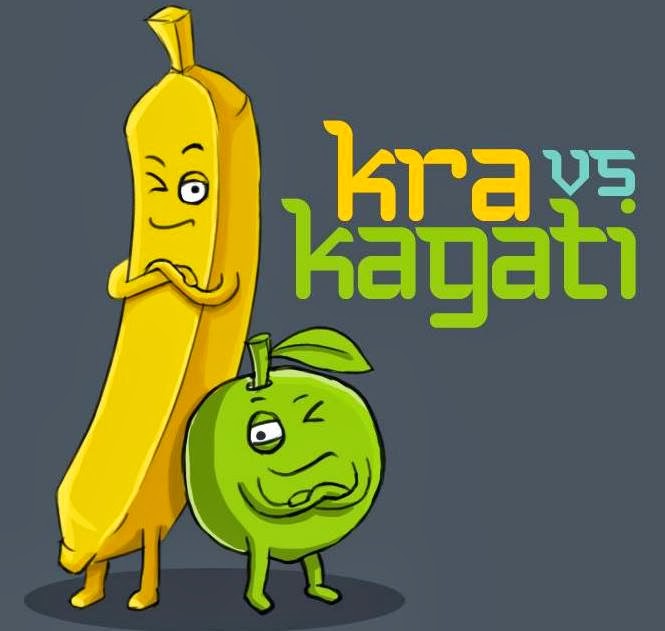Human rights are the basic rights and freedoms that everyone in the world is entitled to from birth to death. These universal rights are inherent to us all, regardless of nationality, gender, national or ethnic origin, color, religion, language, or any other status. They range from the most fundamental rights of life to those that make life worth living, such as the rights to food, education, work, health, and liberty. It is the standards that recognize and protect the dignity of all human beings. No one can voluntarily give these rights up nor can others take them away from others.
Human Rights Day is globally celebrated on 10th December every year to commemorate the day the United Nations General Assembly adopted, in 1948, the Universal Declaration of Human Rights -the document that outlines the fundamental rights of all human beings that must be protected universally. The Office of the United Nations High Commissioner for Human Rights plays a prominent role in coordinating global efforts to celebrate the day, which routinely features cultural events and performances, public meetings and seminars, and other human rights-promoting educational activities. At a plenary session on December 4, 1950, the UN General Assembly passed a resolution that invited all UN member states and any other interested organizations to commemorate the Dec. 10, 1948, proclamation of the UDHR with an annual celebration, called Human Rights Day, to be held on the anniversary of that landmark date.
Each year a theme is selected to draw attention to a particular facet of the effort to uphold human rights. Themes included eliminating discrimination, fighting poverty, and protecting victims of human rights violations. The theme of this year`s Human Rights Day is "Equality." Article 1 of the Universal Declaration of Human Rights states, "All human beings are born free and equal in dignity and rights." The principles of equality and non-discrimination are at the heart of human rights. It’s celebrated to create public awareness about social, cultural, and physical rights and to ensure the welfare of society in every possible context. Additionally, since 1968, which the UN-designated as the International Year for Human Rights, the organization has periodically awarded a United Nations Prize in the Field of Human Rights on Human Rights Day.
The principle of universality of human rights is the cornerstone of international human rights law. This means that we are all equally entitled to our human rights. This principle, as first emphasized in the UDHR, is repeated in many international human rights conventions, declarations, and resolutions. Human rights are inseparable and interdependent. One right cannot be fully exercised without the other. For instance, the realization of the right to health may depend on the realization of the right to education or of the right to information. Similarly, infringement of economic, social, and cultural rights can negatively affect many other rights.
Every person is entitled to active, free, and meaningful participation in, contribution to, and enjoyment of civil, political, economic, social, and cultural development, through which human rights and fundamental freedoms can be realized. States and other duty-bearers must comply with the legal norms and standards enshrined in human rights instruments. Where they fail to do so, aggrieved rights-holders are entitled to institute proceedings for appropriate redress before a competent court or other adjudicators, following the rules and procedures provided by law.
There are no organizations or conventions in Asia to promote or protect human rights. Countries vary widely in their approach to human rights and their record of human rights protection. Human rights violations occur when any government or non-government officials breach any of the terms of the UDHR or other international human rights or humanitarian law. Concerning human rights violations of United Nations laws. Human rights abuses are monitored by United Nations committees, national institutions, and governments and by many independent non-governmental organizations, such as Amnesty International, Human Rights Watch, World Organization Against Torture, Freedom House, International Freedom of Expression Exchange, and Anti-Slavery International. These organizations collect evidence and documentation of human rights abuses and apply pressure to promote human rights. Wars of aggression, war crimes, and crimes against humanity, including genocide, are breaches of international humanitarian law.
Human rights are very important for making sure that all humans get treated equally. They are essential for a good standard of living in the world. You are liable to have human rights if you're a human being. Human rights are norms that aspire to protect all people everywhere from severe political, legal, and social abuses. They are an important means of protection for us all, especially those who may face abuse, neglect, and isolation. Most importantly, these rights give us power and enable us to speak up and to challenge poor treatment from a public authority. Hence, as human beings, it is our responsibility to protect and conserve these human rights. Despite the right, there are still millions of people out there who don’t have these necessities, but saying it’s a matter of human rights allows activists and others to work towards getting those for everyone.
Prepared by: Swikriti Parajuli
I’m a student and I believe in learning and sharing. Besides community development, I’m passionate about arts, music, and sports. On the glorious occasion of International Human Rights Day, we wish everyone a very Happy Human Rights Day. Always be yourself, stand up for your rights and protect these rights as well. Let`s be responsible for the eradication of inequality from society this year.
ICA Nepal is an experienced team dedicated to working in the field of human capacity building, and community development through advanced methods. It pursues to recognize people’s initiation, creativity, and enthusiasm in bringing sustainable development by considering existing cultural dynamics and pluralities. It is committed to creating an environment, in which the opportunity to participate and the construction of sustainable change and development is foremost.


























